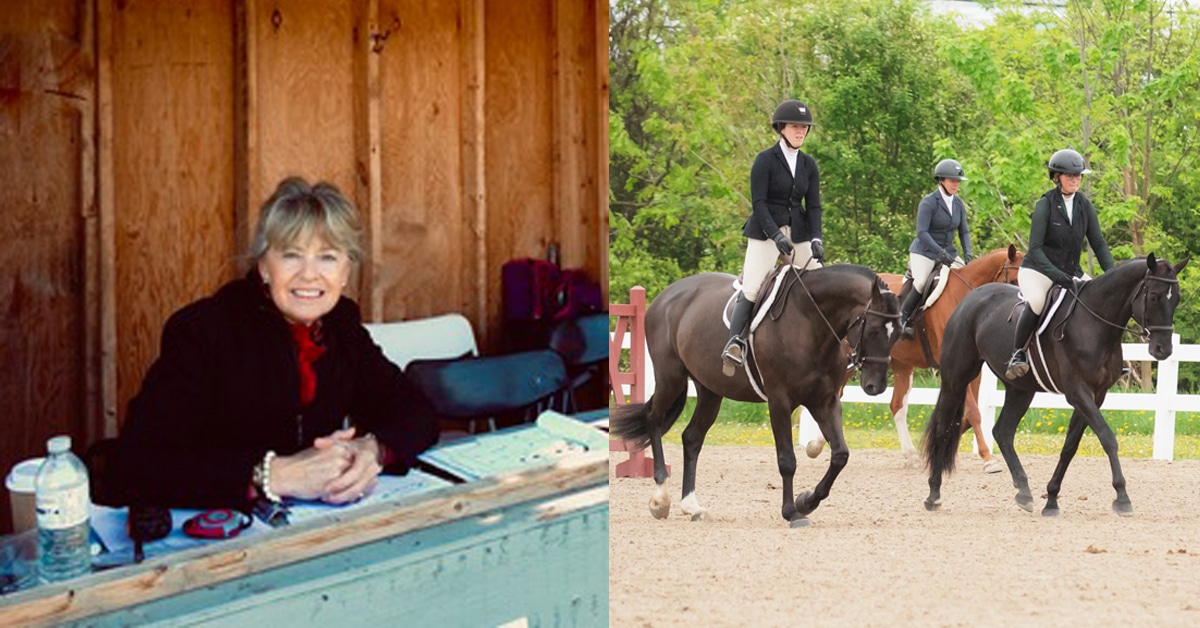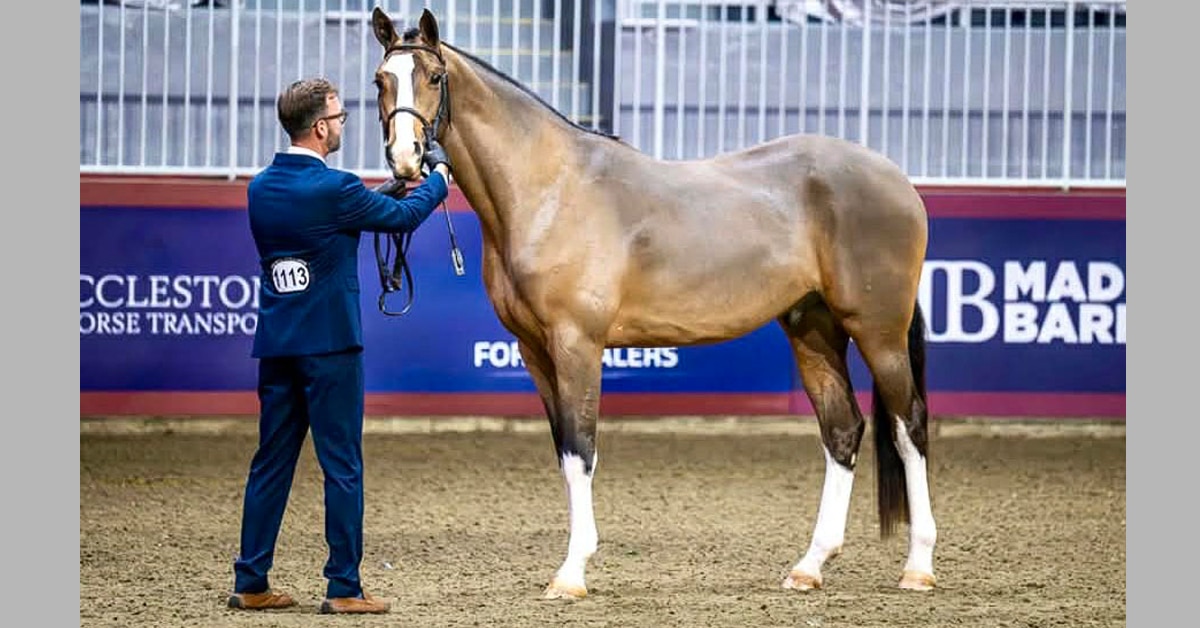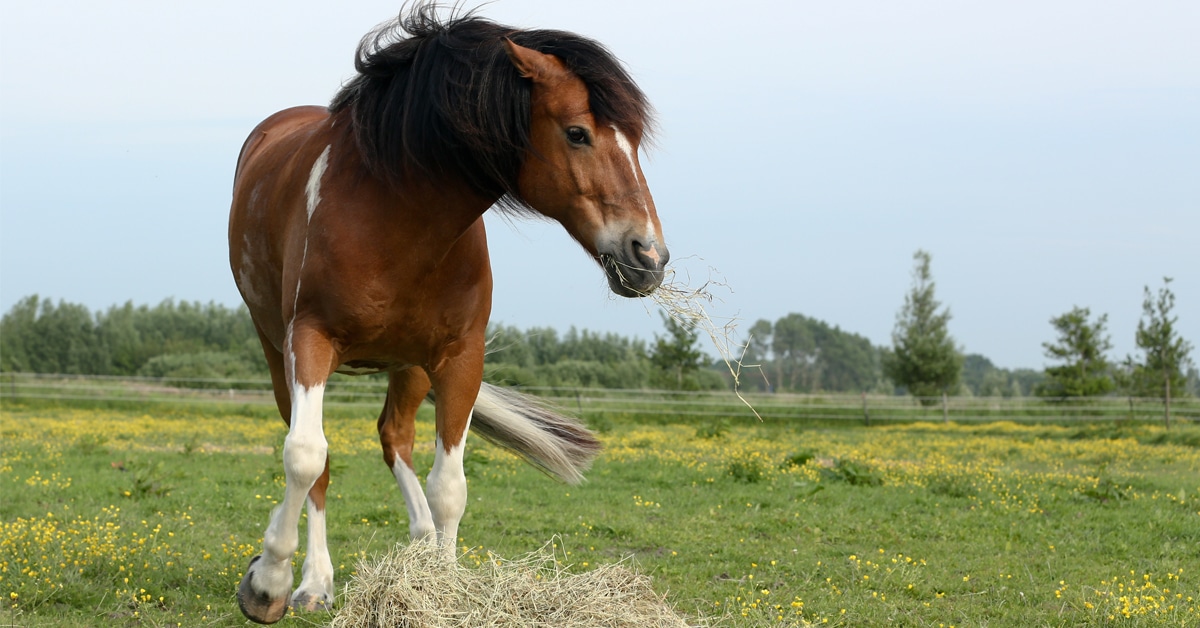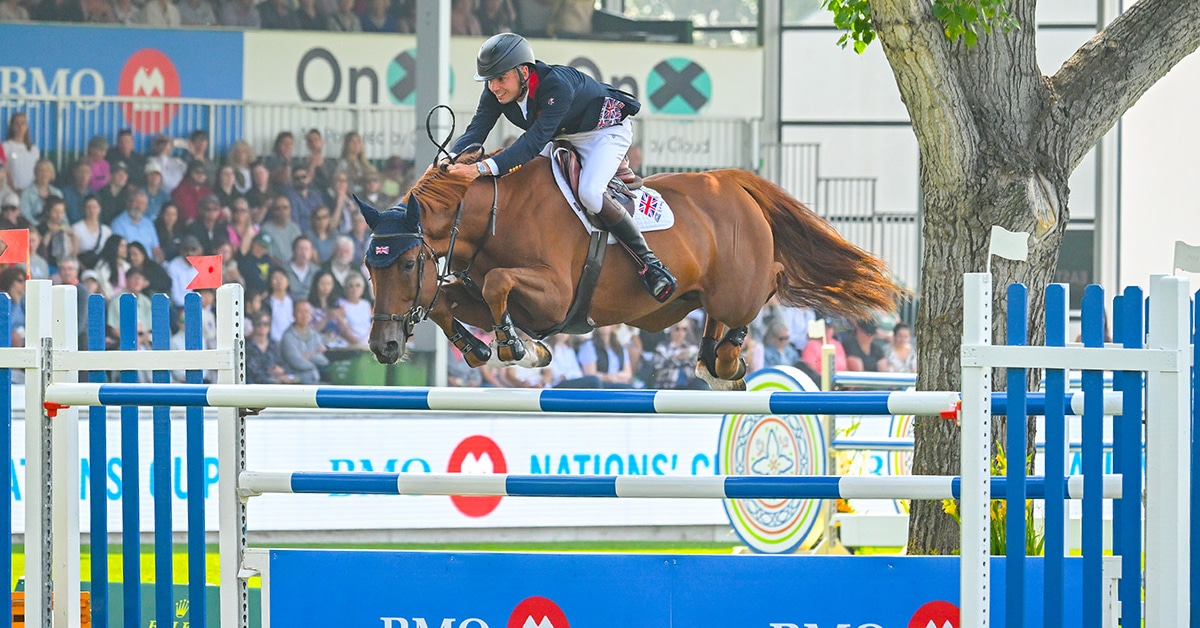The establishment of a Medium Tour as a bridge between Small and Big tours is one of your most recent initiatives. What prompted the concept?
FK: I looked to jumping for the principle because my heart still belongs to jumping. The leading jumpers have horses for all different levels and types of competitions but in dressage, we see the top horses and riders maybe only seven or eight times a year and always at the highest level. If you ask a lot of riders why they don’t go to this or that show they say they don’t have a Grand Prix horse ready. Everyone is looking for a Grand Prix horse. Which got me thinking, why don’t we have enough GP horses? For many people it is a level too high. For lots of juniors and young riders it can be very difficult to make the next step up. Some never make it and some horses never reach it. I thought we should do something to try and make it easier to make the step from small tour to big tour. Our thought is that a ‘between test’ could serve several functions, not only as a transition for young riders but also for riders in developing countries. It also opens up possibilities for the top riders who maybe have a horse which is not quite good enough for the Grand Prix. For organizers it means they could get the stars to come to their shows, even if they don’t have a Grand Prix horse. The public just want to see the top riders compete – they don’t care at what level. It’s also good for the welfare of the horses because the Grand Prix horses wouldn’t always have to perform at the highest level.
What has been the general reaction to your proposal? How will it roll out?
FK: Actually, to be honest, I was very surprised that the dressage world thought it was a good idea and the concept was greeted so positively. First we have to look at the test and decide what sort of test we use. We need to re-examine the Intermediaire II test which really wasn’t functioning. For the small tour I think it should be up and coming young horses and the Grand Prix should stay as it is; the medium test would be just a bit easier than the Grand Prix. We have a group of specialists looking at the tests – and what questions it should ask. Next year might be a bit early to launch, but we’ll see. First you have to put it on paper and then you have to see if it works in practice, get feedback, fine-tune it, etc. Generally, though, an easier GP in addition to the updated Inter II is seen as a good combination.
This year the FEI launched a Nations Cup for Dressage to include four events, Vidauban, Rotterdam, Aachen and Hickstead. What’s taken so long? Why hasn’t a Nations Cup worked in Dressage as it has in Jumping?
FK: That was my question exactly. To start for your country is such a spectacular achievement in any sport but in dressage no one was interested. Not the riders or the organizers. We are starting with four this year and I hope it catches on. My dream for dressage is that we could eventually have leagues leading to a final as they do in jumping. That is my dream. But we need the support of the riders and the organizers and the community at large – someday we might even have a sponsor! But we need to create a product before we can sell it. I also think it’s important to push for the Nations Cup because we don’t want some IOC members questioning the existence of a team competition in the Olympics when the sport ignores it all the rest of the time.
How do you plan to stimulate interest?
FK: One way maybe would be to have mixed teams where there would be a couple of senior riders and a couple of young riders and they could be competing at different levels. We are actually working on the mixed team concept for the Pan Am Games because in principle, as an Olympic qualifier, those championships should be held at Grand Prix level. However, there are only two or three countries today who realistically could go to the Pan Ams with a team and compete at that level. We don’t want to kill the sport we want to help them. So one idea would be to create mixed teams which would allow smaller nations to be more competitive. We have to help smaller countries in the world to come to championships and maybe this is one way.
What did the FEI take away from the test event for the mixed teams format held in Wellington last spring?
FK: The format was well received by the riders and trainers, but was perhaps too complicated for the spectators. However, the atmosphere was very good and it was a good start towards upgrading the sport in the Americas. The goal was a working format that could be used for the Pan Am Games and Anne Gribbons and Maribel Alonso are working on that.
How long do you think it will take before the Pan Am Games are conducted at Grand Prix level?
FK: The time frame to generally advance further towards GP level in the Americas is estimated as four to six years, with full GP likely for the Pan Am Games by 2023. Having a Medium level could also be an option for the Pan Am format.
Can you explain the reasoning behind the proposed new Olympic qualification procedure?
FK: After London we looked at what we wanted to do for the next time and every group has its own opinion. Our guiding principle is a fair system and an equal system for all. Every country should have equal chances to qualify. It’s not fair that some countries have three or four possibilities and others have only one. Likewise it shouldn’t be that one group, which only has three dressage countries (riders competing at GP level) has two chances. So we proposed a new system and we have asked everyone for their comments. Ok, everyone has their own ideas and not everyone will be happy with what is decided. However, what everyone is happy about is that we have got 10 more places for dressage in the Olympic quota. That was our first goal; to have the same number of riders on a team for each discipline.
Isn’t taking away a qualifying place from the Pan Ams a backward step? Won’t it have a negative effect on development?
FK: We looked at the overall situation and tried to work out a fair system. How many countries are taking part in that part of the world and how many riders? You have to remember that even though there may theoretically be 40 countries in the Americas vying for that one spot; realistically there are only three who have riders, or even one horse at Grand Prix level. On one hand the IOC says we want the best at the Games and on the other, we want a good regional spread. These two key elements are contrary.
Did the FEI take its eye off the ball in the Olympic qualifying dispute between Brazil and the Dominican Republic?
FK: I think the FEI and the legal department did everything that should have been done. The case is closed and the decision is there. Of course we need to look at the system and see how it can be improved. The qualification procedure should be known well in advance and qualification events set in the calendar so everyone knows when and where they are. There shouldn’t be any last minute arrangements. We also need to look at the judges as we do for every event. The requirement for foreign judges is an issue for some countries; in some parts of the world it is almost impossible, but no exceptions should be made for an Olympic qualifier.
The Latest









